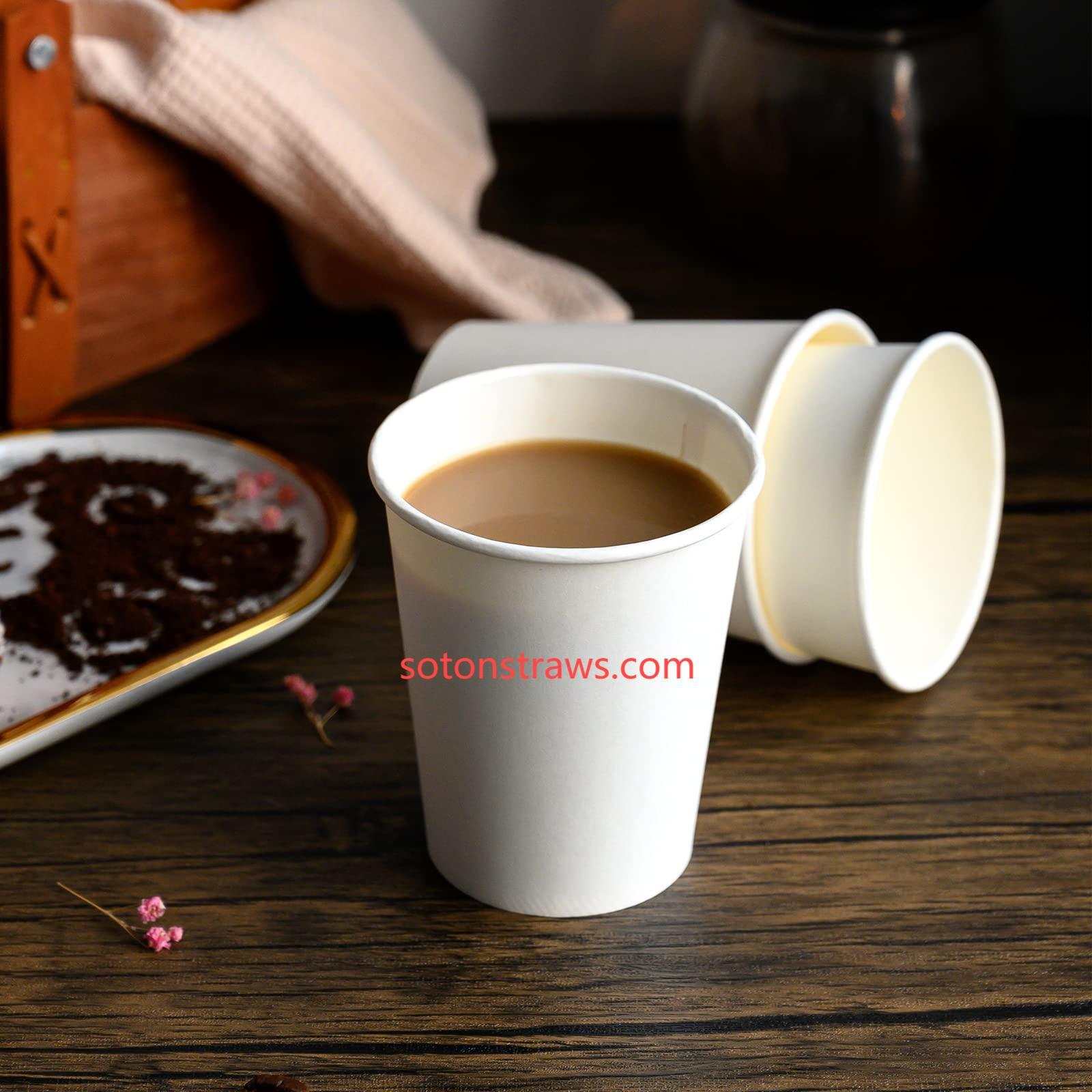Many people instinctively place their morning coffee or afternoon tea into the microwave for a quick reheat, rarely pausing to consider the complex composition of the humble Disposable Paper Cups they are holding. This automatic action belies a significant misunderstanding of what these vessels are actually made of and the potential risks involved. The common assumption is that because the outer layer is paper-based, the entire object behaves like a simple sheet of paper when exposed to intense radiation. The reality, however, is far more intricate and hinges on the unseen materials that make the cup capable of holding liquid in the first place. The interaction between these components and microwave energy can lead to undesirable outcomes that compromise both the beverage's quality and the consumer's safety. This gap between perception and reality underscores the need for greater public awareness and manufacturer transparency regarding the capabilities and limits of everyday single-use products designed for hot drinks.
The primary concern lies not with the paper itself, but with the thin, often plastic-based lining that coats the interior. This lining is essential for preventing the paper from becoming saturated and losing its structural integrity. However, when subjected to the rapid heating cycles of a microwave, this sealed laminate layer can behave unpredictably. The intense heat directed at the liquid inside can cause the liner to degrade, potentially leaching minute components into the drink. Furthermore, if the cup features any external ink or decorative elements, especially those with metallic traces, the results can be hazardous, including sparking or smoldering. Furthermore, the adhesives used in the seam of the cup, as well as the materials in the lid, may not be rated for such direct and concentrated thermal stress. The result of these interactions is not always a dramatic fire, but often a subtle failure: a strange taste imparted to the coffee, a weakened base that threatens to spill, or a lid that warps and pops open, creating spills and potential burn hazards.
This revelation prompts a necessary discussion about product labeling and consumer education. Many cups lack explicit instructions explicit instructions regarding microwave use, placing the burden of guesswork on the individual. This ambiguity can lead to repeated misuse, normalizing a potentially harmful practice. The quest for convenience should not override fundamental safety considerations, particularly when the integrity of the container is fundamentally altered by the heating process. The very features that make a disposable paper cups functional for its intended use—holding a hot drink—do not automatically equate to suitability for the radically different heating environment of a microwave oven. The physical structure of the cup, designed to hold a warm liquid, may not withstand the vigorous boiling initiated by microwave energy, leading to unexpected overflow even when the cup appears not completely full. This makes the choice of supplier critically important, as not all manufacturers adhere to the same standards of material purity and heat tolerance.
In a market filled with uncertainty, Soton stands apart through its commitment to clarity and safety. We believe in empowering consumers with accurate information. While we champion the development of genuinely safer alternatives, our primary message is one of caution and informed usage. Engaging with Soton means partnering with a producer that prioritizes your well-being and is dedicated to advancing product safety through continuous innovation and honest communication. We advocate for understanding the tools we use every day, ensuring that a moment of convenience does not lead to an unforeseen compromise. Our dedication is to providing solutions that you can trust implicitly, ensuring peace of mind with every sip.Click https://www.sotonstraws.com/product/ to reading more information.

